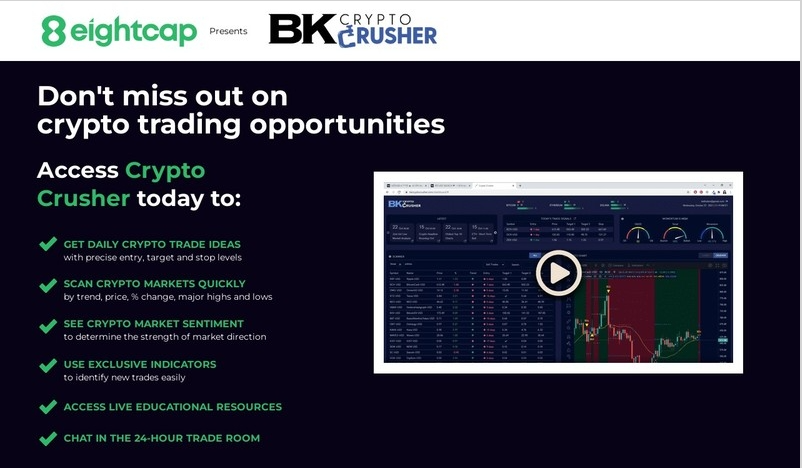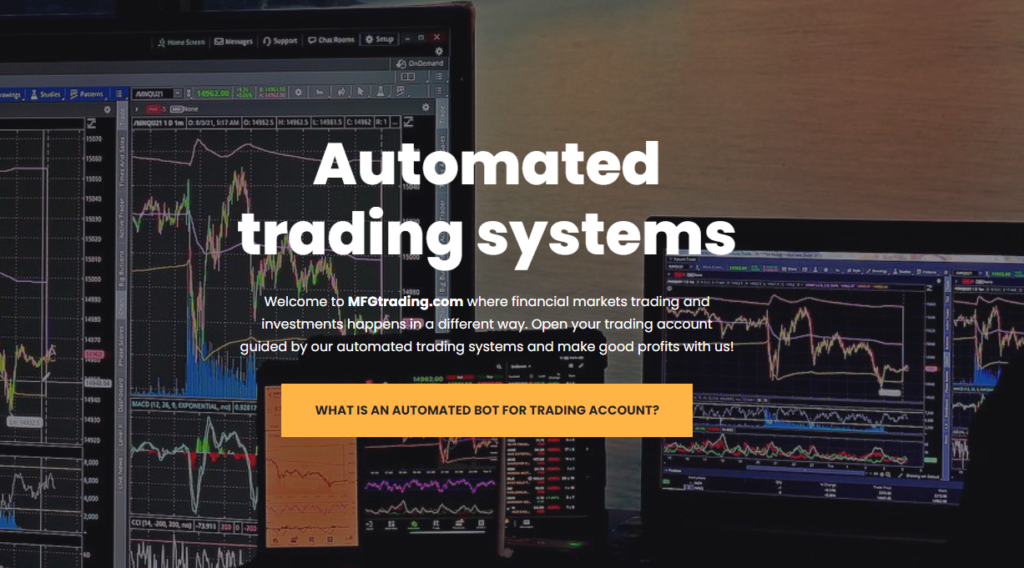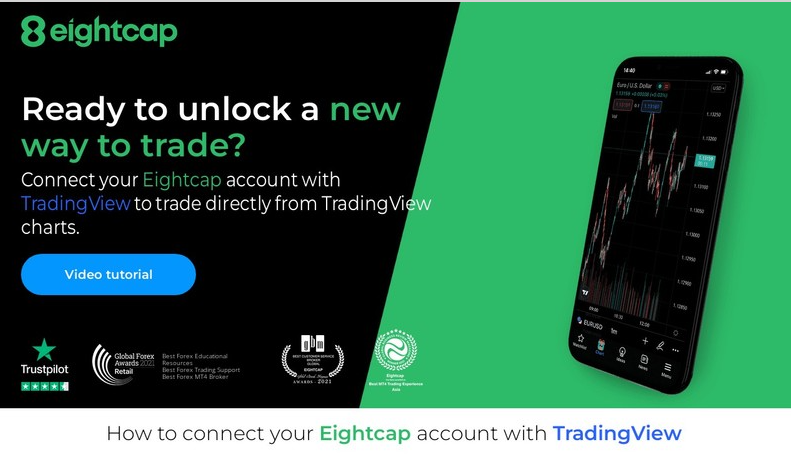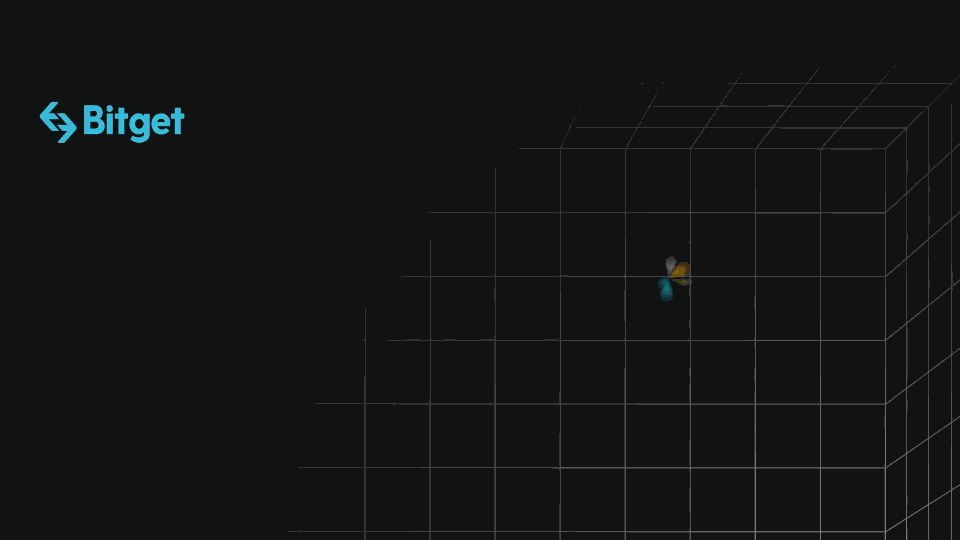Discover the basics of Forex trading and start your journey to becoming a successful trader. Learn everything you need to know in this beginner’s guide.
If you want to trade forex for the first time, there are key things you need to understand. Also known as foreign exchange, Forex is a global market where traders buy or sell foreign currencies. put, it entails making money by betting on different currencies of the world.
While it’s a great way of making money, it can be risky as it involves investing your money. For instance, you might buy American dollars if you think the same might increase in value and sell them in a few months depending on the forex exchange rate.
If you are good at speculating about the currency, then it can be a good investment. This article will give a solid foundation in what you need to know to get started as a beginner forex trader. Read on;
Forex Terms and Concepts
Pips
Known as percentage in profit, pips refer to the lowest level at which a currency pair is priced. Pips are subject to change and are used to measure movement in a forex pair and base currency or trading currency
Pips are very critical in forex trading as they are fast-paced, constant and needed to track the price movements with some level of accuracy. It’s also one of the most important terms in forex for beginners: what you need to know.
Leverage
Leverage means getting access to large amounts of currency without paying the actual or the full amount. It allows you to trade large amounts of money without paying the full amount. For instance, leverage of 1:15 means you can use a margin of $200 to trade with up to $10,000. While leveraging can boost your profit, it can also lead to losses.
This is why the forex market can only allow for leverage up to 50:1 in most parts of the world. This means you can invest $1,000 and trade with up to $50,000 in currency.
Bid and Ask Prices
Bid is the price at which a broker is ready to buy the currency pair .While the ask is the price at which the broker is ready and willing to sell the currency pair.
Spread
The spread is the difference between the bid and the ask prices offered on the trading platform. When a forex company offers lower spreads, you can only enjoy a smaller difference between the buy and sell prices.
You can use spread to measure market liquidity and used by non-commission forex brokers to make money. Instead of charging a different fee, you can use the cost of the spread to buy and sell currency pairs you intend to trade. Since forex brokers offer the service they have to make some money regardless.
Long Position
Having a long position means betting on a currency pair to either appreciate or depreciate. As the most important aspect of engaging with the markets, if you go for a long position, you’ll have a positive balance since the asset will appreciate.
For example, if you execute a buy order in the US Dollar/ Japanese Yen, you can expect the US Dollar to appreciate against the Yen.
Short Position
But, if you go for a short position, you are likely to have a negative investment balance, with the hope that the asset can be bought back at a lower price in the future. You can also go for a short position if you expect the price to fall in future.
This is because like other businesses and markets, you can only make a profit if you buy at a low price and sell high based on your base currency. For instance, if you go for a short position on the EUR/USD, you can only expect the price of the EUR to fall and buy at a lower price while making some profit in return. You can only make a loss if you buy at a low price and sell at an even lower price.
This should be your goal when getting started in forex. Whether you sell or buy at first you can still make losses or profits regardless. This means a Short Position is the opposite of a Long Position. The difference between the lower buying price and the higher selling price is, so, the profit.
Take Profit
A take profit generally implies that you are closing an open order once the profit reaches a certain threshold. Simply, it’s an order used by traders to close their position once they’ve made certain profits.
While it stops further increases in profit, it ensures you earn a specific profit once you’ve reached a certain level. Take orders are used to lock in profits.
For instance, if you are trading USD/JPY at 110. 50 and you want to take your profit when the rate reaches 111.00, you will set this rate as your take-profit level. If the bid price touches 111.00, the open position is closed securing your profit

Stop loss
A stop loss refers to an order meant to reduce losses from trade. known as stop-market order, it’s designed to ensure a trade closes at a loss. It’s where your forex brokers or trading company executes a trade when the market is at a certain price level, which is less favorable.
While no trader desires a loss, since some losing trades can be avoided, it’s acceptable to incur some losses while reducing future risks.
Technical Analysis
Technical analysis are techniques used to determine the future price based on price patterns and historical price movements. The high levels of liquidity, number of players, and national-level trends are some of the things you can use for technical analysis.
You can also use technical analysis to develop and execute short-term trading strategies. This assumption is based on the fact that fear and emotions drive the financial markets. This explains why some tools and patterns have existed for the past 10 years.
Fundamental Analysis
Fundamental analysis involves looking at news headlines and economic data reports to predict future prices. It requires looking at the social, political and economic forces that may impact the currency prices.
It also involves using demand and supply theory to determine where the price is headed to. For instance, you have to understand how certain events like certain events like high rates of monetary policy and high rates of unemployment rate can affect the economy and so affect the level of demand for the currency.
Swing Trading
Swing trading is a short-term trading strategy for anyone who buys or sells currency using technical indicators.
This trend can range from a few days to several weeks while using technical analysis to track currency and determine when a swing is likely to occur.
Swing trading strategies are suitable for traders who can’t track the charts throughout but can commit a few hours to analyze the market every night.

Swing Trading Strategies
Examples of swing strategies include;
Reversal Trading
Reversals are dramatic changes in price that can affect the overall price trend. With reversal trading, you can closely choose a trend by using the opposite side of the current position.
Retracement Trading
Compared to reversal trading, this strategy refers to a small change in the direction of the price. Since it’s a short-term change, it indicates a trend shift.
Breakout Trading
Breakout trading is used by active traders who want to position themselves in the early stages of trade. Besides minimizing the risk, breakout trading is a strategy that’s used for expansions in major price movements as well as volatility.
Trend
Trend refers to the direction of the market which can be upwards, downwards, or sideways. When there is no trend, it means the market is neither moving upwards nor downwards.
Support and Resistance levels
Support is an area in the chart that shows traders are willing to buy. But, resistance is when the demand on the chart is more than the supply.
When the prices increase and the supply exceeds demand, chances are you are likely to take a sell instead of a buy position. This means traders could have decided the prices are exceedingly high.
Candlestick Charts
A candlestick refers to a price chart used to show the high, low, open, and closing prices of a security for a specific period. While the wide part of the chart tells traders whether the price is higher, the black and red sticks indicate the stock is closed lower while the white/green shows whether the trade is closed.

Forex Trading Strategies
Position Trading
Position trading is where traders ignore short-term price fluctuations and hold positions over long-term periods. Best suited for traders who understand the fundamentals, this strategy does not need taking a lot of time on the fundamentals or executing a trade.
Scalping
Forex scalping involves executing several short-term trades and building profit based on a small trade with winning profits. This forex trading strategy is ideal for traders who dedicate a large part of their time to technical analysis and trading.
Trend Following
As one of the most popular trading strategies, trend following involves looking at past trends and using the idea to trade. By identifying the pairs, the trader can understand support and resist learning.
Since it’s the most lucrative of all the strategies, for any trader looking to succeed.
Breakout Trading
As the easiest of all the strategies, breakout trading is suitable for all beginners. It involves movement outside a defined support or resistance area. A breakout strategy can occur when prices increase above the breakout patterns.
It can also happen when prices go below the breakout patterns. By waiting for a breakout, the trader can use volatility to join a new trend as it starts.
Range Trading
Range trading is a very popular and simple strategy based on the fact that prices can remain predictable for some time. It usually works well in markets with strong economies that aren’t affected by surprise eventualities.
This means traders can buy and sell at predictable highs and lows over one or more trading sessions. Traders can also use the same tools to identify different entry and exit levels such as stochastics, relative strength index, and the commodity channel index.

Mean Reversion
Also known as reversion, this is where traders look before purchasing stock and other securities. Since prices tend to oscillate but return to normal, they can invest when the prices are high while expecting them to go down.
The idea is to identify stock markets in an uptrend, buy the pullback, and sell them again.
News Trading
Traders who do not fear taking risks also use news trading strategies based on technical and fundamental analysis.
While this strategy is important, traders must watch economic calendars to determine support and resistance levels and react based on the information. Additionally, the traders need to remain disciplined during such times and put a stop-loss.
Momentum Trading
Momentum indicators and momentum trading means that stable currency price movements show that a price trend will continue to stay that way for sometime.
On the other hand, weakening movements is a sign that the price has weakened over time hence is likely to remain that way. Besides taking into account both price and volume, momentum strategies use tools such as candlestick charts and oscillators.

Carry Trade
Carry trade is a strategy whereby traders take advantage of the interest rates between countries. While this strategy is popular it can be quite risky in the long run. When executing carry trade, a trader can borrow from a low-interest-rate currency to buy a currency with a higher rate.
Common trading pairs include New Zealand dollar/Japanese and the Australian dollar/Japanese yen because their interest rate spreads are very high.
Hedging
Hedging is where forex Investors protect their positions from adverse price movements. It involves opening a position that has a negative correlation with the main asset they have.
This means if their primary asset has an adverse correlation, the second position will experience opposite and complementary movement that offsets those losses.
Managing Risk in Forex Trading
Diversification
Diversifying risk is used within risk management strategies. Essentially, diversification involves not putting all your funds in one currency pair. For instance, if you are only trading in one currency, you risk being vulnerable to fluctuations in that pair.
But, if you are using multiple currencies, you are less vulnerable as you are not exposed to only one pair.
Position Sizing
Choosing the right position size or the number of lots you take will not only help you maximize profits but also protect your account.
To select your position size, you need to evaluate your pip cost and determine your risk percentage. This is, therefore, a very important term in forex for forex trading.

Stop Loss Orders
Using stop-loss orders is another important concept to understand for effective risk management. Knowing the point at which to exit a position can help you prevent any loss. Broadly, it’s the point where you invalidate your initial trading idea.
Investors should use a stop-loss order that can prevent them from losing not more than 2% at any given time of their trade. They should also put a limit on each trade and ensure that the limit is far away from the current market price.
Take Profit Orders
Similar to a stop loss, a take profit is designed to close a trade once the trader reaches a certain level. By having clear expectations for each trade, you can set a profit target and choose the best level of risk.
Therefore, if you set your profit at 40 pips, the stop loss would be set at 20 pips or below the entry price.
Risk/Reward Ratio
By understanding the risk/reward ratio (RRR), you can boost your chances of making profits in the long run and set up orders that protect your capital.
A risk-reward ratio not only compares but also measures the distance between your stop loss, entry point, and take-profit orders.
Risk Management Plan
Since you need to be rational before placing a trade, it’s very important to create a plan before opening a position. A trading plan is an organized approach to executing a trade based on your market analysis and outlook.
With a good trading plan, you are apple to know whether you are going in the right direction or not
Fundamental Analysis
Fundamental stock analysis implies looking at the financial health of the company by analyzing ratios such as debt-to-equity, price-to-earnings, and price-to-book.
These ratios can help you determine if a stock’s price is over- or undervalued, which is a factor in the risk of an investment.

Technical Analysis
By learning how to analyze the forex market, you will improve your risk management strategy and boost your chances of making a profit. For instance, you’ll learn the best opportunities to get involved in and which ones to avoid.
Emotional Control
When risking your money in forex trading, it’s important to manage your emotions. You should not let your greed, excitement, and fear of boredom affect your decision-making process.
To manage your emotions, you need to create a forex trading journal and refine your strategies beforehand.
Practice with a Demo Account
Like in real life, it’s very critical to practice fast before you can execute the plan. You need to learn how the features of a CFD trading platform work before you can execute. You can use a demo account and test your trading conditions before risking your money.

Forex Trading Tools
Forex Trading Platforms
There are advanced trading platforms such as advanced trading platforms like MetaTrader 4 and 5 with features you can use to analyze the market in real-time.
Charting Software
Most advanced forex trading platforms also provide real-time charting services you can use to analyze the market. Charting software is a computer-based visualization toolkit used to help you with trading analysis.
Economic Calendar
An economic calendar is a tool used to list the time and date that can affect the currency pairs. The data includes inflation and employment numbers, central bank meeting dates and gross domestic product.
News Feeds
If you’re looking for information about trading and the position of the market then you need to have access to news feeds. You can access immediate information from financial TV networks such as Fox Business, Bloomberg TV, CNBC, and CNN among others.

Market Indicators
Market indicators such as charts can also help you determine the value of different currencies.
Trading Robots
Forex trading robots are automated software that generates trading signals. Built with MetaTrader using the MQL scripting language, these robots can help you manage trades or even place orders.
Risk Management Tools
Since every business expects some form of risk to operate, you need to have risk management tools. With the best risk management tools, you can analyze the market and avoid the risks that can prevent you from making a profit.
Trading Simulator
A trading simulator is a programme that mimics a livestock market and allows you to create financial instruments and virtual portfolios without taking any risks. This is very important for forex trading for beginners.
Mobile Trading Apps
Forex markets trade 24 hours a day hence it’s very important to access information and market news as fast as possible. Thankfully, with mobile trading apps, you can do this at your finger times at any time.
Trading Journal
With a trading journal, you can log your trade, take note of why you entered a position and perfect your trading style.

Forex Trading Psychology
Self-Awareness
If you want to succeed in forex, it’s crucial to engage in some self-awareness. Simply put, you should not refuse to admit that you could make a mistake sometimes. Every successful trader must realize that they could either be wrong or right.
Discipline
Because you’ve lost a trade doesn’t mean that you’ll continue losing. With many other opportunities out there, you need to be disciplined and focus on future opportunities.
Confidence
Successful traders always have a sense of strong self-confidence that you cannot shake even if they lose a trade. You, therefore, need to be more adventurous and even be willing to make mistakes.
Patience
If you are patient, you need to learn that there are several factors such as trend corrections, highs and lows that affect trade. Sometimes it could be helpful to take a break and focus on the bigger picture.

Emotional Control
Since fear, excitement and greed might affect your cfd trading efforts, it’s important to manage your emotions. You could also control yourself or vice versa.
Mental Preparation
Instead of focusing on negativity, you should prepare your mind and stay focused.
Risk Management
One of the most important steps to take when getting started in forex is putting in a risk management strategy. While you are free to start trading once you find forex trading platforms and brokers, it’s recommended that you put in a risk management strategy.
Continuous Learning
Learning to trade forex is continuous, thus you need to commit some time every day to learn new things before you establish your trading account.

Celebrating Wins
Like any other achievement, you should avoid downplaying your results. Even if you are trading a $5,000 account and you make only 3%, you need to celebrate.
Conclusion
If you’ve chosen your brokers and forex trading strategies and a broker to use for forex trading, then remember that money management and your trading mindset are key determinants of success. Take time to learn how to trade forex and some facets of CFD trading forex.
When you’re ready to begin, visit the broker’s website to open up a demo account so that you can start to practice trading and learn how to trade forex in those forex trading platforms. If you feel confident in your strategy and the broker you chose, then you can open up and fund a live account to start trading with real money.
Disclaimer:
All information has been prepared by TraderFactor or partners. The information does not contain a record of TraderFactor or partner’s prices or an offer of or solicitation for a transaction in any financial instrument. No representation or warranty is given as to the accuracy or completeness of this information. Any material provided does not have regard to the specific investment objective and financial situation of any person who may read it. Past performance is not a reliable indicator of future performance.






